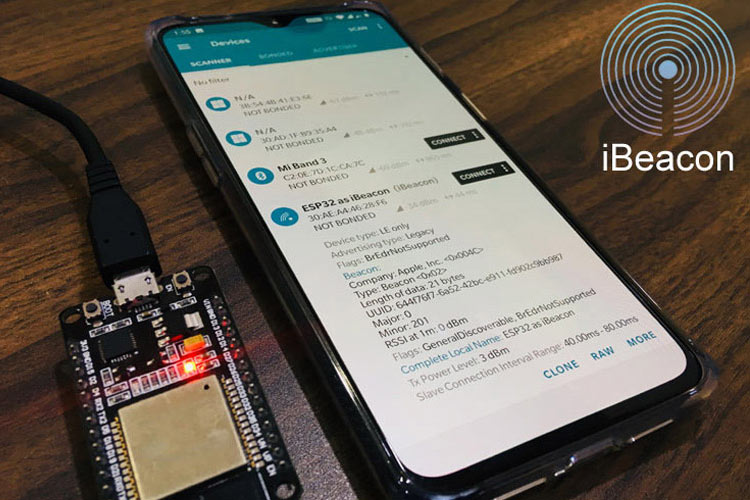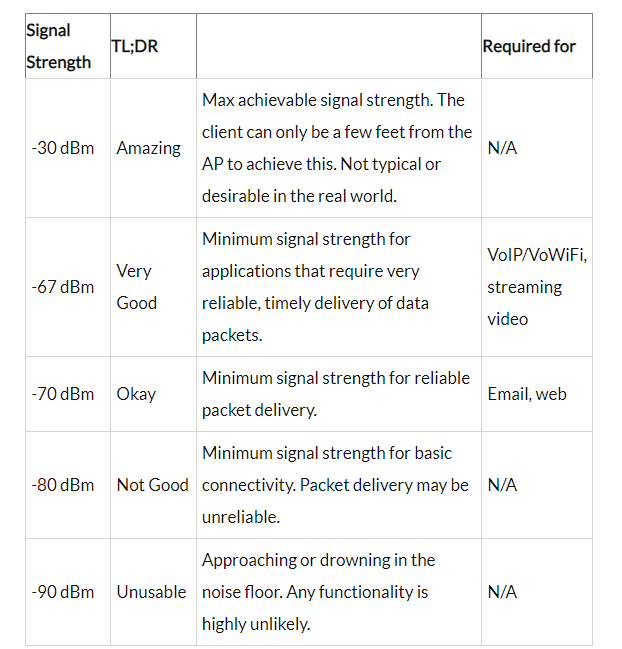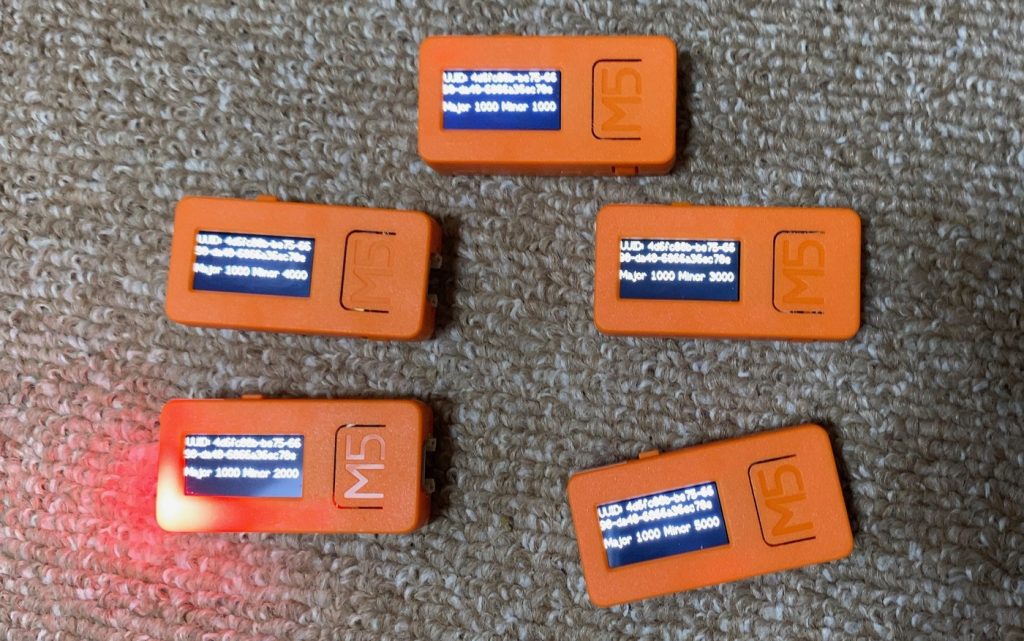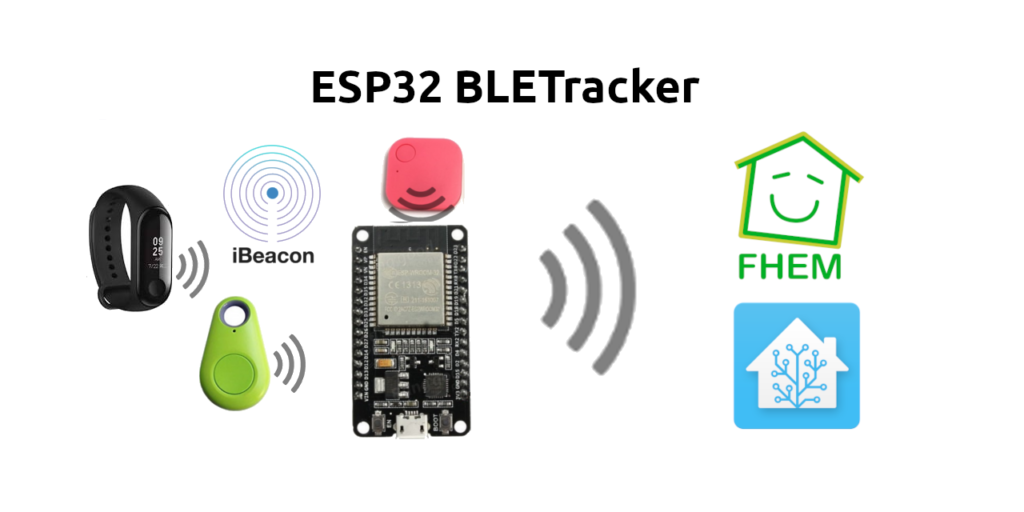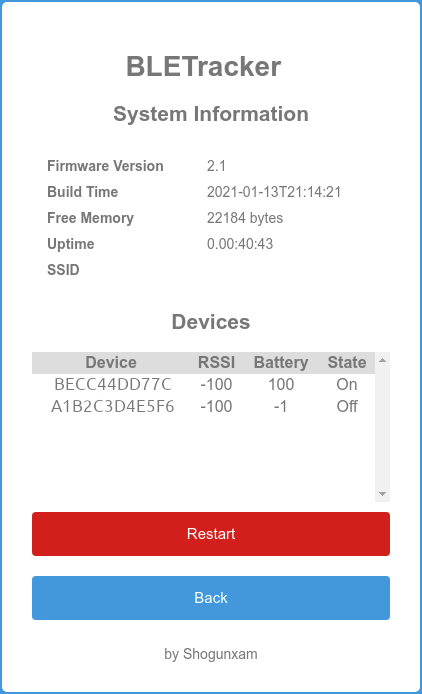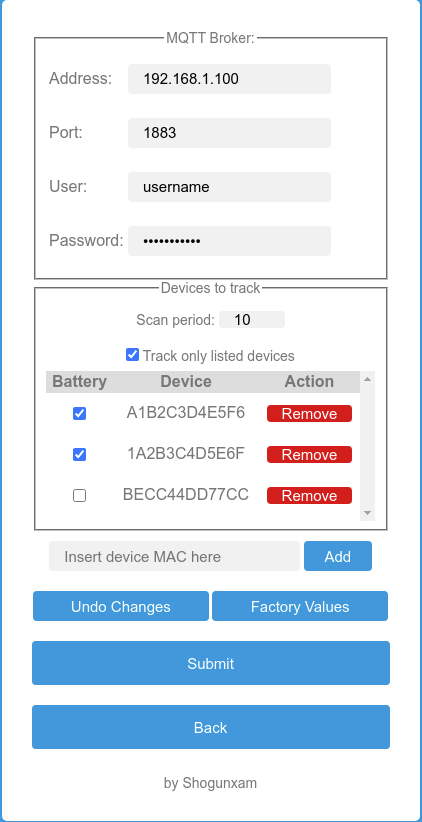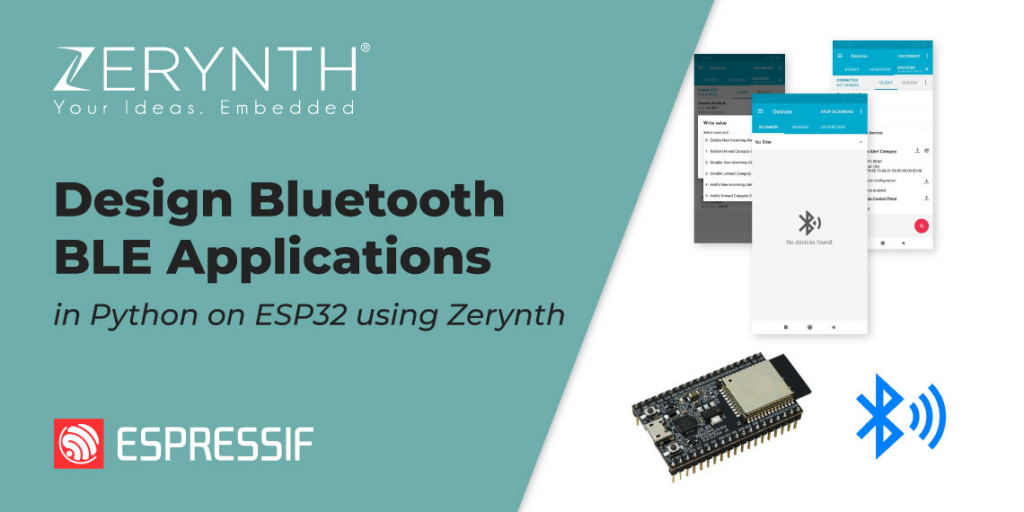There’s new research on the Design and Implementation of a BLE Gateway Using ESP32 chipset (PDF). Bluetooth Low Energy (BLE) and Long Range (LoRa) are commonly used wireless technologies for IoT devices, useful for their low power use and long range respectively. The mixing of BLE and LoRa in a single gateway significantly improves the flexibility of IoT networks, providing efficient data gathering and transmission.
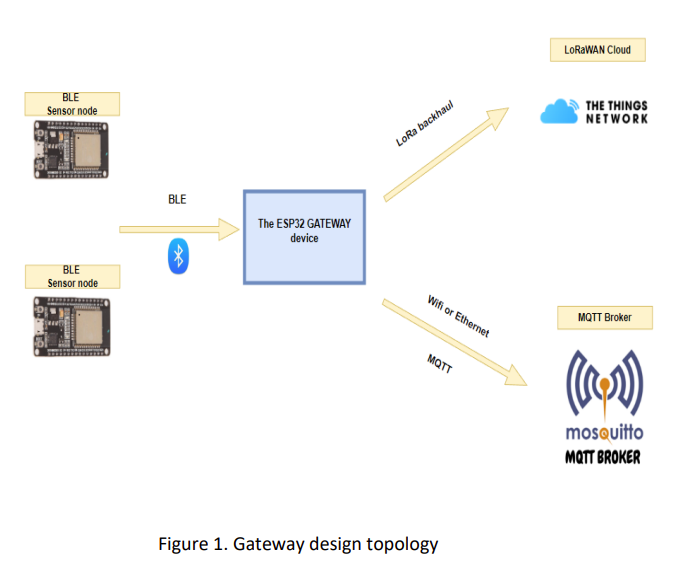
An affordable, flexible gateway was developed, combining the benefits of BLE and LoRa communication and taking advantage of the ESP32 microcontroller’s capabilities. This setup allows for effective data collection from BLE devices and transmits the consolidated data to an MQTT server or a LoRaWAN cloud.
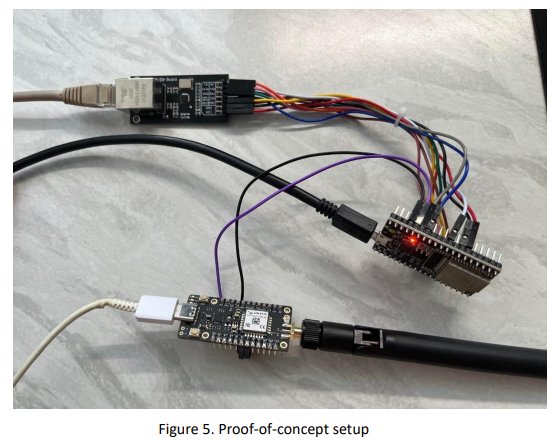
An initial prototype was produced, which led to a customised solution based on a PCB.
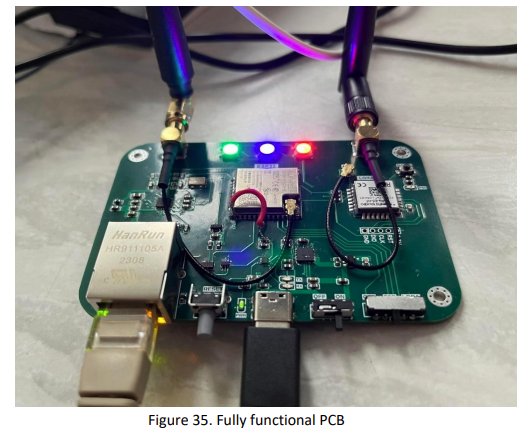
Looking to the future, the author says there’s scope to improve the software and firmware further, optimising the algorithms, reducing power usage, and exploring additional features such as multiple communication protocol support or advanced security measures. Such advancements could offer a more adaptable and reliable solution for users’ wireless communication needs.
However, the necessity of refining this solution is questionable as there are existing solutions, such as the LW003-B LoRaWAN Probe, already available, that solve these issues and productise in a case.
